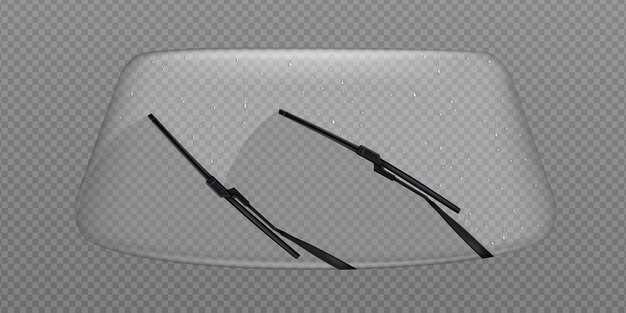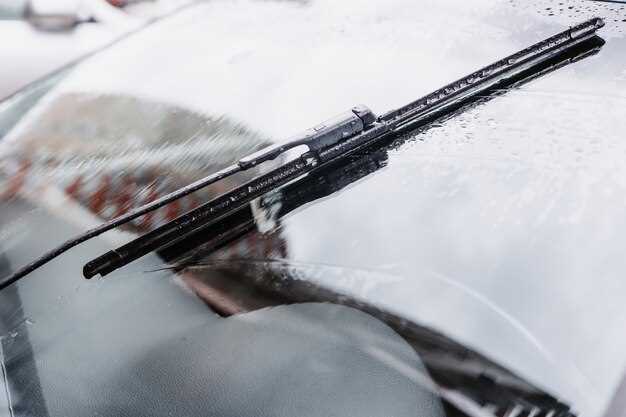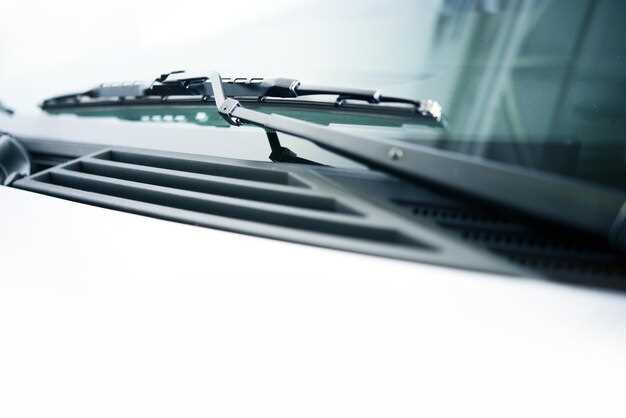
Ensuring optimal visibility during adverse weather conditions is vital for safe driving, and one of the most crucial components for achieving this is your windshield wiper blades. Over time, wiper blades can wear out, resulting in streaking or skipping, which compromises their effectiveness. Replacing your wiper blades is a simple yet essential maintenance task that every vehicle owner should perform regularly.
Understanding the importance of quality wiper blades is the first step toward enhancing your visibility. Worn or damaged blades can lead to reduced clarity, making it difficult to see during rain or snow. It’s not just about having a clear view; it’s about ensuring your safety and that of others on the road.
In this article, we will outline simple steps for replacing your wiper blades. By following these easy instructions, you can quickly restore your vehicle’s ability to handle various weather conditions, enhancing your overall driving experience. Keep reading to learn how a straightforward task can make a significant difference in your road safety.
Choosing the Right Wiper Blades for Your Vehicle
When it comes to maintaining optimal visibility while driving, selecting the appropriate wiper blades is crucial. The right blades not only improve your view during rainy or snowy conditions but also enhance overall safety on the road.
First, consider the size of your windshield. Each vehicle has specific requirements for wiper blade length. Check your owner’s manual or use online resources to find the correct sizes for both the driver’s and passenger’s sides.
Next, evaluate the type of wiper blades best suited for your needs. There are several options available: traditional frame-style blades, beam blades, and hybrid models. Frame-style blades are common and cost-effective, while beam blades offer better performance in extreme weather conditions, providing consistent pressure across the entire blade. Hybrid blades combine the best of both worlds, offering a sleek design with superior performance.
Additionally, consider the material of the wiper blades. Rubber blades are standard, but silicone or specially-coated options can offer improved durability and resistance to wear. Regardless of the material, make sure the blades can effectively clear water, snow, and ice, ensuring maximum visibility.
Lastly, consider your local climate when making your choice. In areas with heavy rainfall or snow, investing in high-quality premium blades may be worthwhile. Regularly replacing wiper blades every six to twelve months is also essential for maintaining optimal functionality.
By taking these factors into account, you can ensure that you choose the right wiper blades for your vehicle, ultimately enhancing your driving experience and safety on the road.
Step-by-Step Guide to Removing Old Wiper Blades

To ensure optimal visibility while driving, it’s essential to replace your wiper blades regularly. Follow these simple steps to safely remove old wiper blades.
First, lift the wiper arm away from the windshield. This will allow you to access the connection point of the wiper blade easily. Be cautious while lifting the arm to prevent it from snapping back down, which could damage your windshield.
Next, locate the release tab on the wiper blade. This tab is usually found at the connection point where the blade attaches to the wiper arm. Press or pull this tab gently, depending on the design of your wiper system.
Once the tab is disengaged, slide the wiper blade downwards along the arm. It should easily slide off the hook at the end of the arm. If you encounter any resistance, double-check that the release tab is fully pressed or pulled.
After removing the first wiper blade, repeat the same process for the other wiper blade. Ensure both blades are detached, as replacing them together is often the best practice for maintaining consistent visibility in adverse weather conditions.
Dispose of the old wiper blades properly, and ensure the wiper arms are lowered back to their original position. Your windshield is now ready for the installation of new wiper blades.
Installing New Wiper Blades for Optimal Visibility

Installing new wiper blades is essential for maintaining clear visibility during adverse weather conditions. Over time, wiper blades can wear out due to exposure to elements, leading to reduced performance. Here’s a step-by-step guide to ensure you achieve optimal visibility with new wiper blades.
First, select the correct size and type of wiper blades for your vehicle. Refer to your owner’s manual or consult a parts specialist to ensure compatibility. Once you have the new blades, gather necessary tools, such as a flathead screwdriver, if required for your particular model.
To start the installation, lift the wiper arm away from the windshield. This allows access to the blades and makes the removal process easier. Depending on the mechanism of your wiper blades, locate the release tab or button on the wiper arm. Press or slide this tab to detach the old blade from the arm.
After removing the old wiper blade, align the new blade with the wiper arm. Ensure that it fits securely into the designated slot. Once positioned correctly, push or click the blade until you hear a distinct snap indicating it is locked in place.
Repeat the process for the other wiper blade, ensuring both are securely attached. After the installation is complete, gently lower the wiper arms back onto the windshield. It’s advisable to test the new wiper blades to ensure they function correctly and clear the windshield without streaks or skips.
Regularly checking and replacing your wiper blades will enhance your driving safety by maintaining clear visibility, especially in rain or snow. By following these simple steps, you ensure a straightforward installation process for optimal performance.




